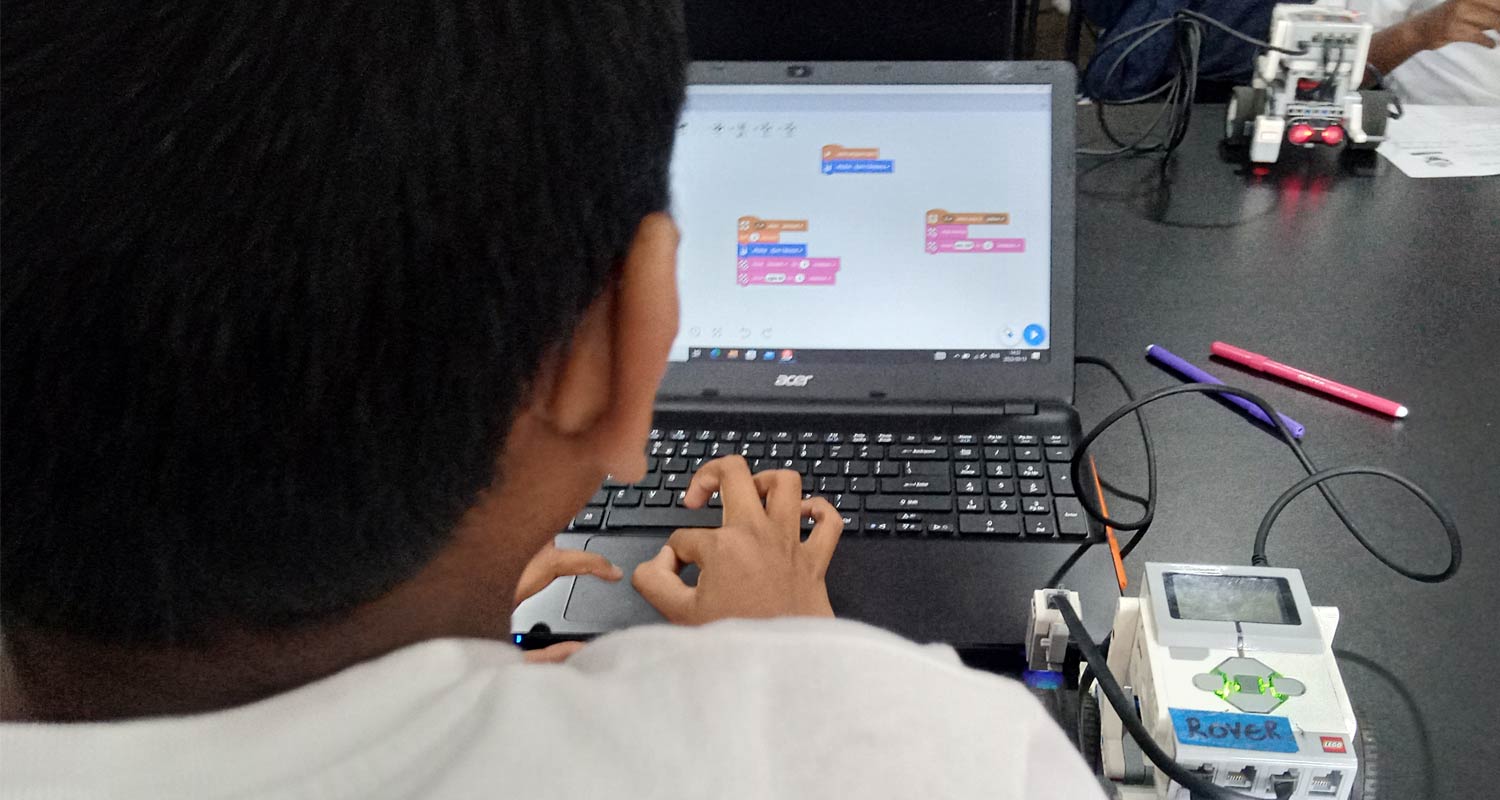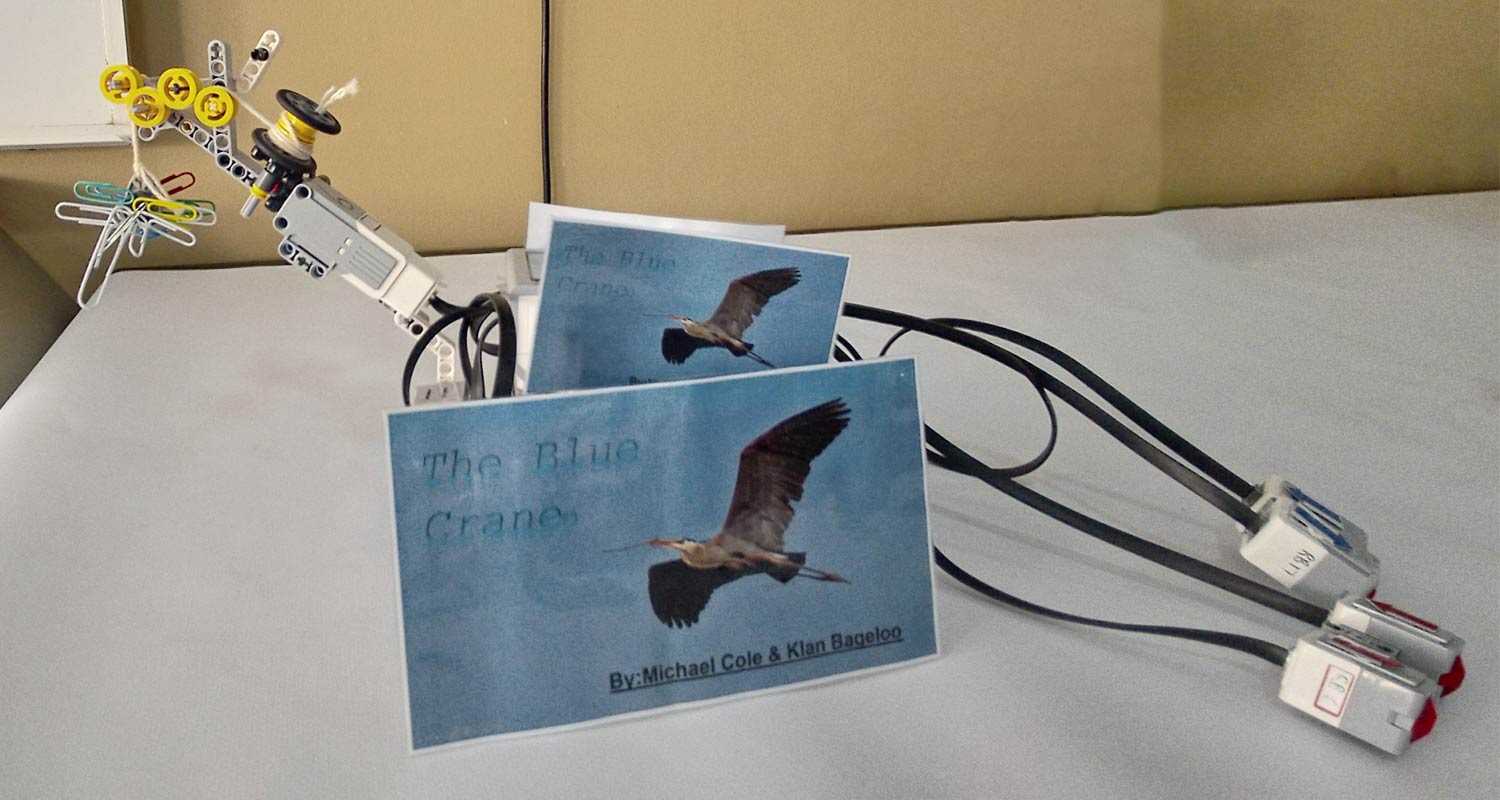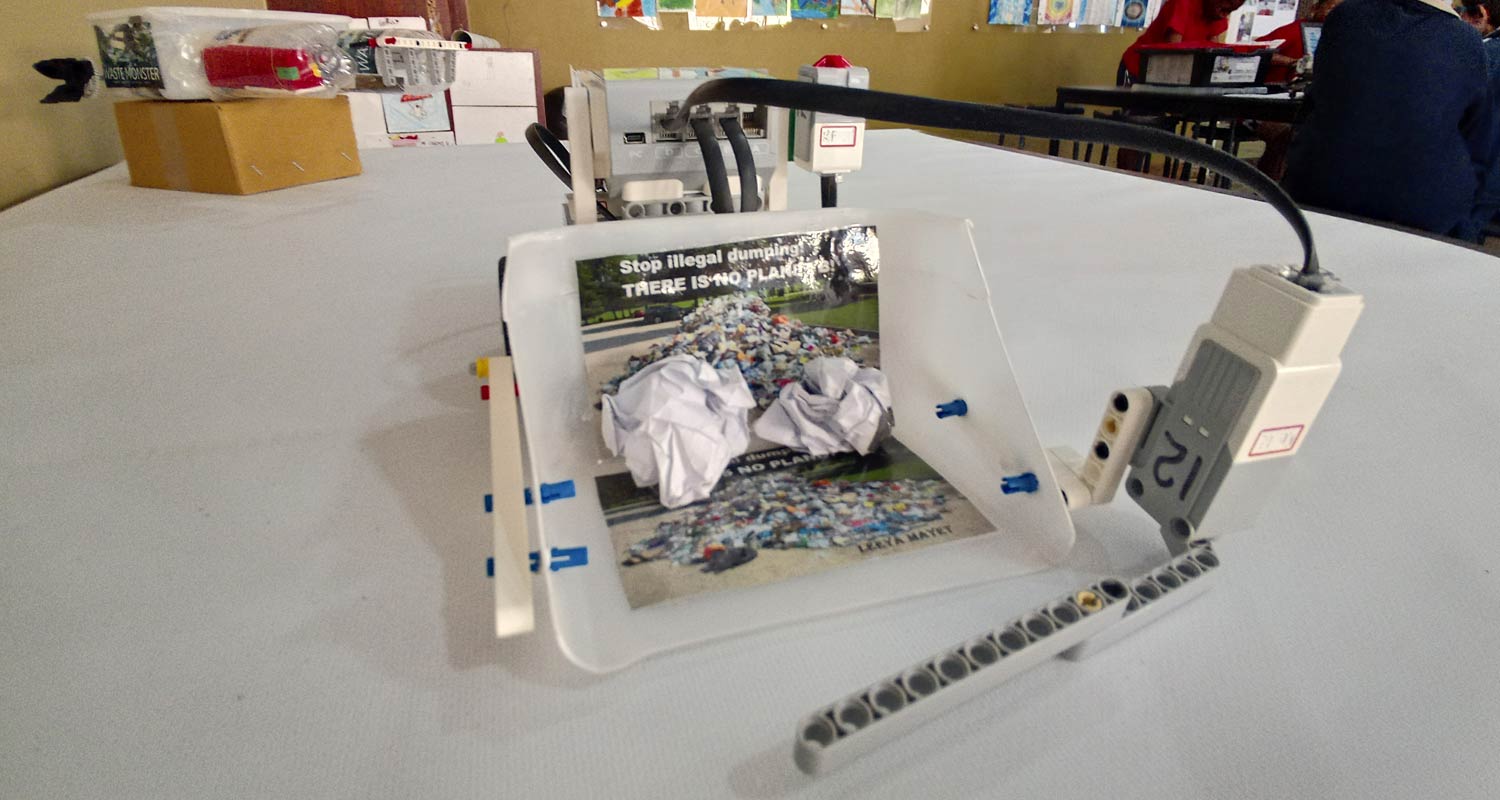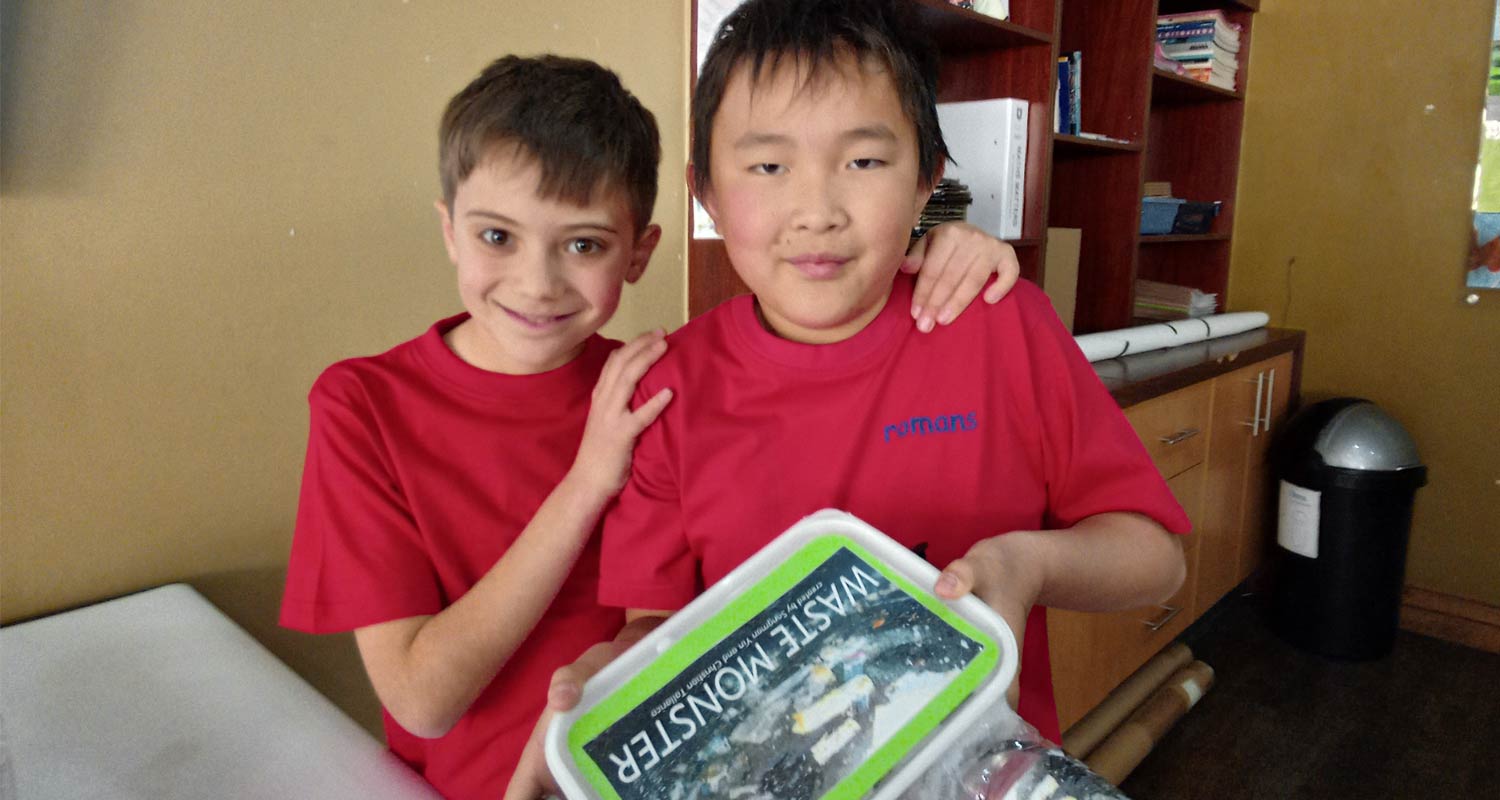 South African schoolchildren have showcased their robotics skills in a new competition aimed at using robotics to clean up the environment.
South African schoolchildren have showcased their robotics skills in a new competition aimed at using robotics to clean up the environment.
Reddam House Bedfordview has a thriving robotics programme that includes core curriculum and extramural activities. The school recently took top honours in three age categories at the Inspired Builds Global Robotics Competition. The winning projects were on display at Reddam’s interhouse robotics competition on Wednesday and TechCentral was there.
“We do a lot of competitions at the moment,” said Brenda Kahl, science, coding and robotics teacher at Reddam House Bedfordview.
“We have our interhouse [competition], which is to build confidence. In Gauteng, we have our interschools robotics league where we collaborate with other schools, and we mix the kids up and they get to learn from each other. Then there is the Inspired competition, which is global,” she said.
Reddam House Bedfordview pupils won in three age categories: Christian Tallarico and Songman Yin were winners in the 9-10 age group for a project called Waste Monster; Leeya Meyet won in the 10-11 age group with her project, The Rainbow Paper Scooper; and Micheal Cole collaborated with Kian Bageloo to win in the 11-12 age group with their project, called Blue Crane.
The theme for the competition was “saving the environment”, and although most of the entrants submitted land-based solutions, Christian and Songman’s Waste Monster – which features a large rake-like arm at the front – focused on cleaning up oceanic waste.
Robotics education
“We thought of this idea because there is a lot of trash going into the sea. Waste Monster opens and the waste gets stuck in it; it then goes to the beach to have the waste removed, and then it returns to the sea,” said 9-year-old Christian. When asked about his experience coding the robot, Christian said: “It was difficult at first but it becomes easier.”
Leeya Mayet’s Rainbow Paper Scooper, which features a large scoop with a rotating arm to sweep rubbish into it, is designed to clean up the roadside. The design simulates an automated dustpan and broom combination. “My idea behind this is from seeing lots of trash on the side of the road. I thought this robot could just go and pick that up,” said Leeya.


Michael Cole and Kian Bageloo chose to name their metal waste collector the Blue Crane because the magnet attached to the robot at the end of a long swivel arm drops like the pecking bill of South Africa’s national bird. “It’s still a work in progress because the arm is a little too sensitive and drops; we need to make it have a slower speed,” Michael said.
“Our robotics programme started in 2018 when we bought our first robot. During the Covid-19 pandemic we increased the number of robots substantially,” said Stephen Hazley, Reddam Bedfordview headmaster.

Hazely explained that the robotic curriculum at Reddam goes up to grade 9. Students interested in furthering their interest can take a broader design subject up to matric. But as robotics teacher Kahl explains it, robotics is not just for those students who intend to pursue technical vocations.
“We think coding is something for the children that are one day going to be computer programmers or in IT. But the whole step-by-step problem-solving thing is a critical skill. Mrs Brink is our English teacher and she says following instructions is something that you use for everything. I think that is one thing that they get here – if they don’t do it step-by-step it is not going to work,” Kahl said.
Read: South Africa’s battle of the spreadsheet warriors
Reddam uses Lego Mindstorms, which comprises physical robots and a programming interface, challenging the students to think from a physics and design perspective when considering the robot’s movement, as well as the computational perspective when coding its functionality. Mindstorms is the brainchild of Pretoria-born computer scientist Seymour Papert, who saw computing as a tool that could be used to improve the way that children think and solve problems. He published a book of the same name in 1980.
“In all fields you’ll eventually find you are using computational thinking, collaboration, persistence – all the amazing things that they learn in robotics. That’s the way the world is going,” Kahl said. — (c) 2023 NewsCentral Media

